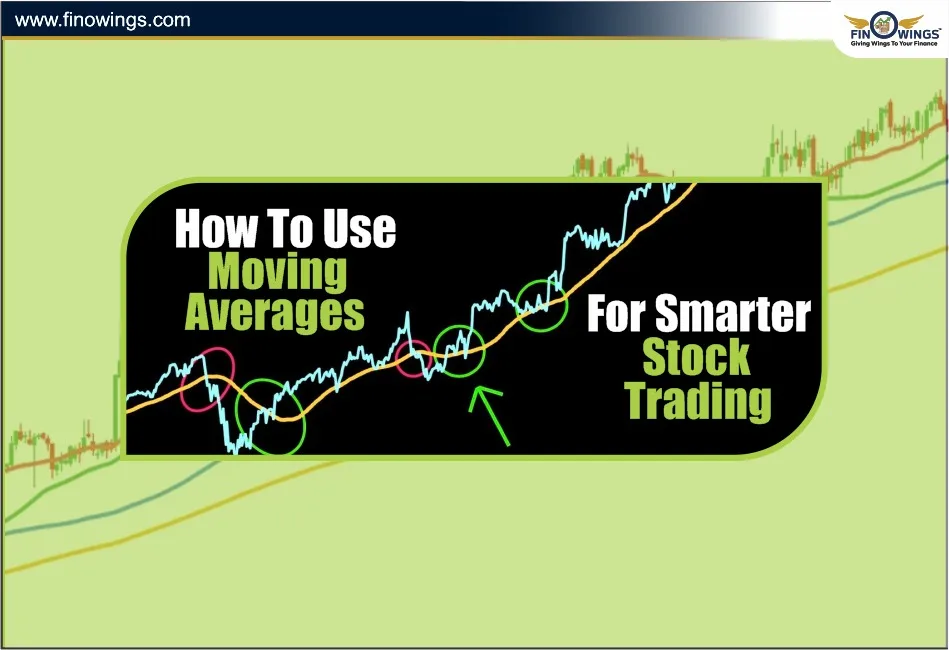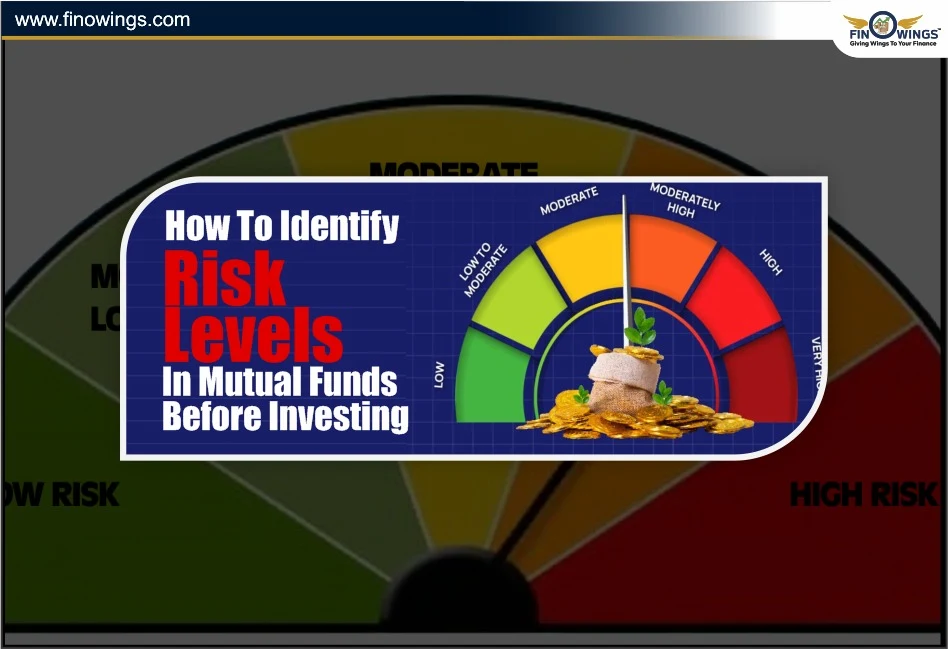Home >> Blog >> What is (New Fund Offer) NFO's? How to Evaluate & Invest In It?
What is (New Fund Offer) NFO's? How to Evaluate & Invest In It?
 NFO.jpeg)
Table of Contents
Understanding NFOs
New Fund Offers (NFOs) are similar to Initial Public Offerings (IPOs) but for mutual funds. When an Asset Management Company (AMC) launches a new mutual fund, it does so through an NFO. During this period, investors can purchase units of the mutual fund at an initial price.
NFOs have a launch date and a closure date. The period between these dates is known as the NFO period. After this period ends, the fund becomes open for regular transactions where investors can buy or sell units.
How NFOs Work
During the NFO period, investors can buy units at the initial offering price. Once the NFO period ends, the mutual fund is officially launched. Investors can then trade units based on the fund's Net Asset Value (NAV).
It's important to note that this process is applicable to open-ended funds. For closed-ended funds, there is a lock-in period post-NFO during which units cannot be sold.
Detailed Video
Why Invest in NFOs?
Investing in NFOs can be tempting due to the potential for high returns. However, it’s crucial to evaluate the fund’s potential without a track record. This makes it challenging to judge the fund’s performance and risk.
Experienced investors often avoid NFOs because they lack historical data. However, about 10% of NFOs can offer unique opportunities that make them worth considering.
Key Factors to Consider
Before investing in an NFO, consider these key factors:
- Fund Manager's Experience
- Fund's Unique Proposition
- Market Conditions
Fund Manager's Experience
The experience and track record of the fund manager are crucial. An experienced fund manager with a history of successful funds can be a good indicator of the potential success of the NFO.
For example, if a fund manager has consistently delivered above-average returns in past funds, this could be a positive sign for the new fund.
Unique Proposition
Some NFOs offer unique investment opportunities or strategies that are not available in existing funds. These could be sector-specific funds or funds with innovative investment approaches.
Investors should evaluate whether the NFO offers a truly unique proposition that aligns with their investment goals.
Market Conditions
Market conditions at the time of the NFO launch can significantly impact its performance. It’s essential to consider whether the market environment is favorable for the fund’s investment strategy.
For instance, a sector-specific fund might perform well if the sector is expected to grow. Conversely, unfavorable market conditions can hinder the fund’s performance.
Risks of Investing in NFOs
Investing in NFOs carries certain risks due to the lack of historical performance data. Investors should be cautious and consider these risks:
- Lack of Track Record
- Market Timing
- High Expense Ratios
Lack of Track Record
Without historical data, it’s challenging to predict the fund’s performance. Investors need to rely on the fund manager’s experience and the fund’s unique proposition.
This makes it essential to thoroughly research the fund manager and the investment strategy.
Market Timing
Market timing can significantly impact the success of an NFO. Launching a fund during an unfavorable market can lead to poor performance initially. Investors should consider the current market conditions before investing.
High Expense Ratios
NFOs often come with higher expense ratios compared to existing mutual funds. This can impact the overall returns, especially in the initial years. Investors should compare the expense ratios with similar funds before making a decision.
Examples of Successful NFOs
While many NFOs may not perform exceptionally well, some have delivered outstanding returns. For instance, funds managed by experienced fund managers with a strong track record often perform well.
Investors should look for NFOs managed by reputable fund managers and those that offer a unique investment proposition.
How to Evaluate an NFO
To evaluate an NFO, follow these steps:
- Research the Fund Manager
- Understand the Investment Strategy
- Analyze Market Conditions
- Compare Expense Ratios
Research the Fund Manager
Check the fund manager’s past performance and experience. Look for a history of managing successful funds and delivering above-average returns.
For example, if the fund manager has consistently outperformed the market, this is a positive indicator.
Understand the Investment Strategy
Evaluate the fund’s investment strategy and whether it aligns with your investment goals. Look for unique propositions that differentiate the fund from existing options.
Consider whether the strategy is innovative and whether it has the potential to deliver high returns.
Analyze Market Conditions
Consider the current market conditions and whether they are favorable for the fund’s investment strategy. For example, a sector-specific fund might perform well if the sector is expected to grow.
Conversely, launching a fund during an unfavorable market can lead to poor performance initially.
Compare Expense Ratios
Compare the expense ratios of the NFO with similar existing funds. High expense ratios can impact the overall returns, especially in the initial years.
Ensure that the expense ratio is reasonable compared to other funds in the same category.
Conclusion
Investing in NFOs can offer unique opportunities but also carries certain risks. It's essential to thoroughly research the fund manager, understand the investment strategy, analyze market conditions, and compare expense ratios before making a decision.
By following these steps, investors can make informed decisions and potentially benefit from investing in NFOs.
Author
Frequently Asked Questions
A New Fund Offer (NFO) is the initial offering period when a mutual fund is launched by an Asset Management Company (AMC). During this time, investors can purchase units at an initial price.
While both NFOs and IPOs are initial offerings, NFOs are for mutual funds, allowing investors to buy units in a fund, whereas IPOs are for stocks, enabling investors to buy shares in a company.
Key factors include the fund manager's experience, the fund's unique proposition, current market conditions, and the expense ratios compared to similar existing funds.
Investing in NFOs carries risks such as lack of historical performance data, market timing issues, and often higher expense ratios compared to established mutual funds.
While NFOs have the potential for high returns, it's challenging to predict their performance due to the lack of historical data. Evaluating the fund manager’s track record and the fund's strategy is crucial.












.webp)






